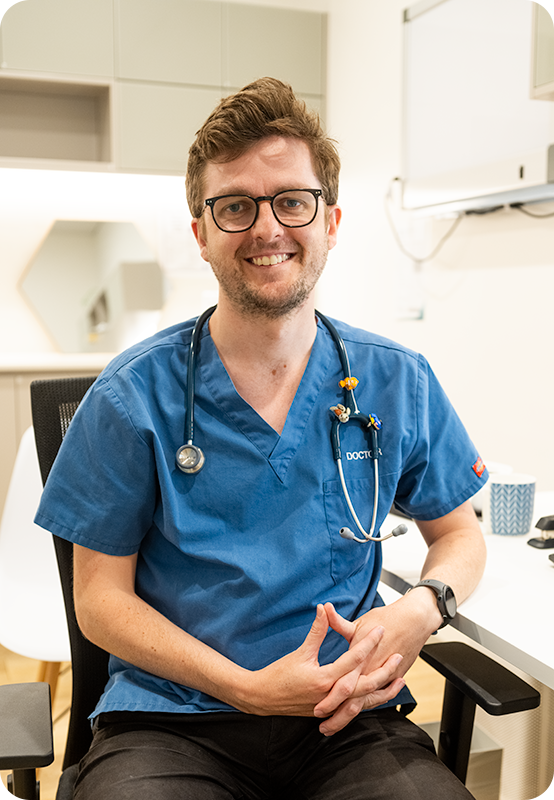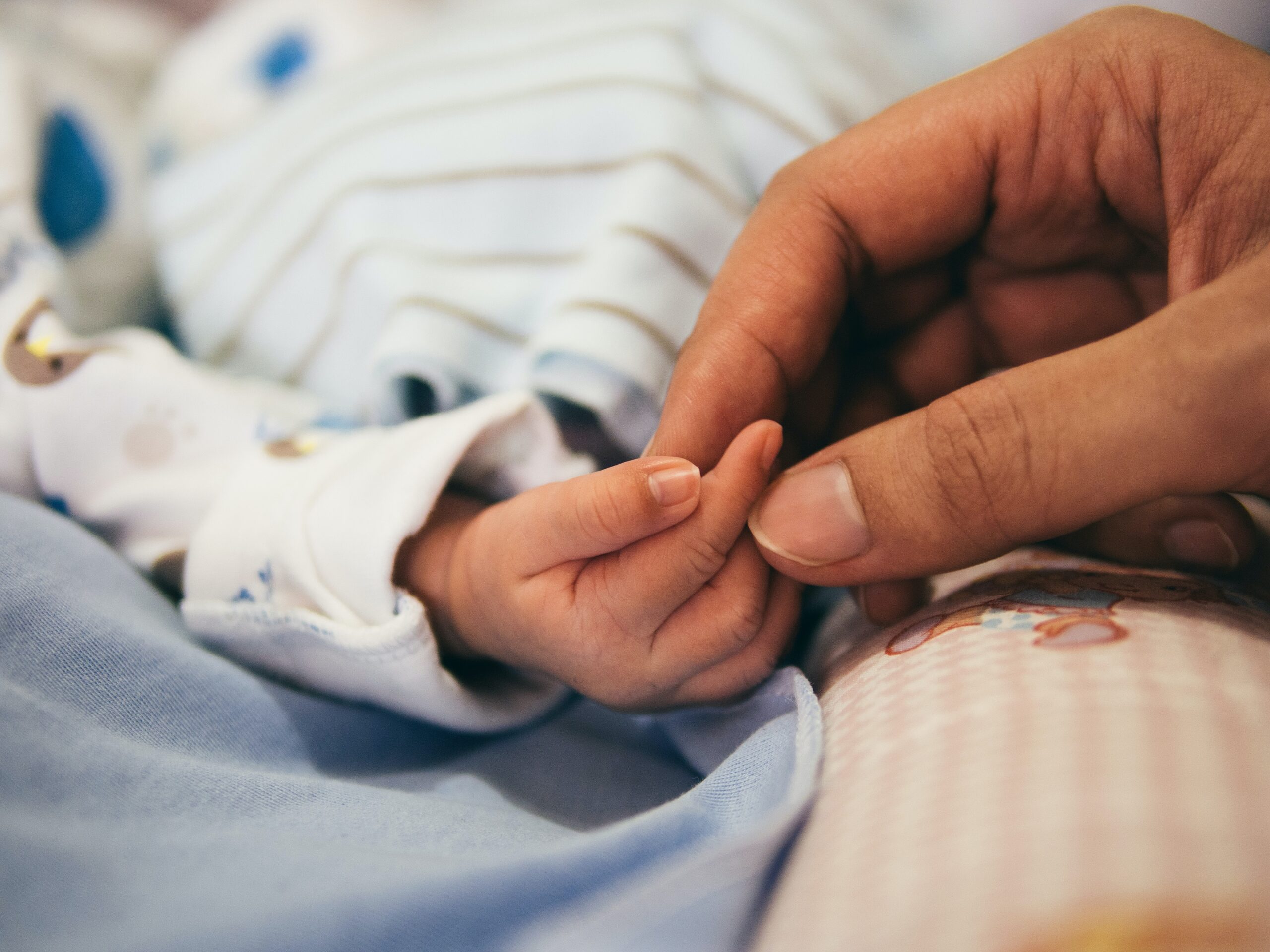Dr Rupert Higgins
BMedSci (Hons); MD (UNSW); FRACGP
Acute IllnessAdolescent Mental HealthChild Health ServicesChronic Disease Prevention & ManagementHIV ManagementMental HealthSexual HealthSkin CancerTravel HealthWork Health
All of us looked at a mole and wondered, “when did you appear?”
We also have those old faithful friends that have been around forever.
But sometimes we lose track of what they’re doing, and you might catch yourself scratching a mole, or notice it’s started to get irritated.
Your partner, a friend or a stranger might say “hey that looks a little strange, maybe you should get that checked out”.
And while a lot of marks on our skin are benign, it can be reassuring to have them checked out, particularly if you’re at increased risk.
High Risk – Yearly skin check (3 monthly self exam)
Medium Risk – 2-5 yearly skin checks (3-6 monthly self exam)
Low Risk – Once off skin check (and annual self check)
We start by asking some questions about your personal skin history, and family history. So it might be worth having a chat with mum and dad, and your siblings to see if they’ve ever had skin cancer before.
Then we ask you to point out which skin spots you’re most worried about, we’ll of course pay attention to those.
If you are comfortable, we will ask you to undress to your underwear and offer you some sheets to cover up any area you don’t feel satisfied with. We’ll then look area by area, often starting at the head and working our way down to the soles of the feet.
Anything suspicious gets looked at with a unique tool called a dermatoscope, and we’ll take a photo of it for your file. If we find any suspicious lesions that may be cancerous, we will endeavour to biopsy them at this visit, or within the same week.
If nothing abnormal is seen on your skin, then we arrange for your next skin check based on your level of risk.
Any skin sample that is biopsied is sent to a laboratory where a dermatopathologist will look at it under the microscope and tell us what it is. Your doctor will chat to you before we know the final result about what they think it might be, and discuss treatment options such as excision, topical treatment, or other methods to remove it.
Once the result is back, your doctor or one of our registered nurses will call you to discuss the results and arrange for an excision which we can perform on-site for your convenience.
The doctors at GS Health that perform skin checks and excisions have all dedicated themselves to further training in skin cancer medicine and surgery. They are also experts on you as a whole patient, not just the dots on your skin.
We understand that it can be a frightening and anxiety-provoking time to have a skin examination, and we ensure you are kept informed and made comfortable every step of the way.
With certificates and diplomas accredited by Bond University and the Skin Cancer College of Australasia, you can rest assured that you are being examined by a doctor dedicated to excellence in skin cancer medicine.

Dr Rupert Higgins
BMedSci (Hons); MD (UNSW); FRACGP
Acute IllnessAdolescent Mental HealthChild Health ServicesChronic Disease Prevention & ManagementHIV ManagementMental HealthSexual HealthSkin CancerTravel HealthWork Health

Dr Andrew Trang
MBBS (Adelaide); FRACGP; Prof. Cert Dermoscopy; Adv. Cert Skin Cancer Surgery
Acute IllnessChild Health ServicesMental HealthSexual HealthSkin CancerSurgical ProceduresTravel HealthWork Health

Dr Min Yin Huang
MBBS; FRACGP; DCH; FPAA Nat Cert
Acute IllnessAntenatal CareChild Health ServicesChronic Disease Prevention & ManagementMental HealthReproductive HealthSexual HealthSkin CancerSurgical ProceduresTravel HealthWork Health

Dr Winnie Yao
MBBS; Paed Cert; FRACGP; SH+FPA
Acute IllnessAlopecia Areata TreatmentAntenatal CareChild Health ServicesChronic Disease Prevention & ManagementMental HealthReproductive HealthSexual HealthSkin CancerTravel HealthWomen’s HealthWork Health

Green Square Health Embarks on the SUSTAIN Paediatric Care Trial

Dr Caitlin Weston returns to GSHealth
We’re excited to announce that Dr Caitlin Weston is returning to the Green Square Health (GSH) family in Waterloo. Having recently worked in Redfern at Citydoc, Dr Weston is committed to ensuring her patients receive uninterrupted and exemplary care. To continue your care with Dr Weston, simply complete the transfer of records form below, and […]

Important Notice: Fee Adjustment Effective July 1st

It’s Travel Season! What vaccines should I get? By Dr John-Alec Tynan

Specialists

Child Health Services

Women’s Health

Immunisations

Chronic Disease Prevention & Management

Acute illness

Preventative health

Skin Cancer

Travel Health

Sexual Health

Surgical Procedures

Work Health

Mental Health

Reproductive Health

Physiotherapy

Pathology
